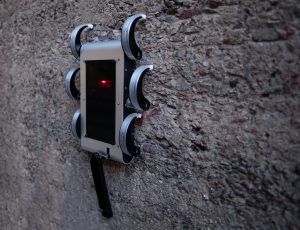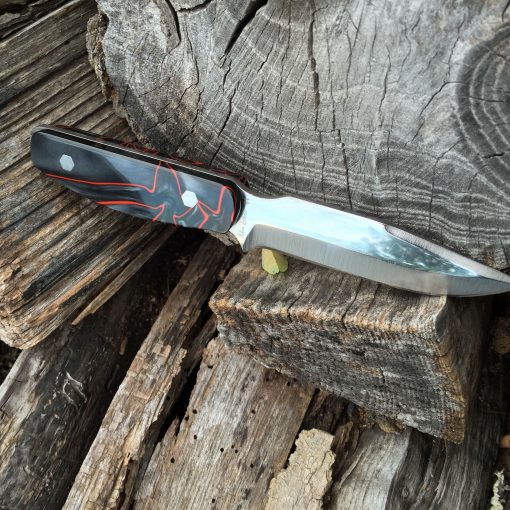The Microspine-Enhanced Walking and Climbing Hexapod
T-RHex is a microspine-enhanced walking hexapod based on the RHex platform, and was developed by a team of four masters/PhD students at Carnegie Mellon University for Aaron Johnson’s Robot Design and Experimentation class . The robot maintains the excellent ground mobility of the RHex platform, with the added ability to scale steep slopes and hang onto even steeper ones.
. The robot maintains the excellent ground mobility of the RHex platform, with the added ability to scale steep slopes and hang onto even steeper ones.
The microspines (which are literally fish hooks) are embedded in 3D printed “toes,” which are in turn glued into laser-cut acrylic leg slices. Each slice is stacked into a fwheg, or forked wheel leg. The body of the robot is bent aluminum sheet, and it includes a hot-formed acrylic tail which we developed to assist in climbing. Each leg is actuated by a Dynamixel MX-64 servo motor, and the tail is actuated by a Dynamixel MX-106.
Because the spines come out of the tip of each toe, when the robot walks forward normally (using the standard RHex alternating tripod gait) the hooks do not interfere with the ground. This keeps them from dulling, while also preventing the robot from marring the surface. We developed a climbing-specific gait, where the robot moves backwards so that the spines engage on the wall properly.
We tested the robot on concrete, brick, plywood, and corkboard. During our tests, we found that T-RHex could statically cling to a slope as steep as 135° (which is a 45° overhang!) and could climb up a slope as steep as 55°. Check out the video to see some shots of it in action!






